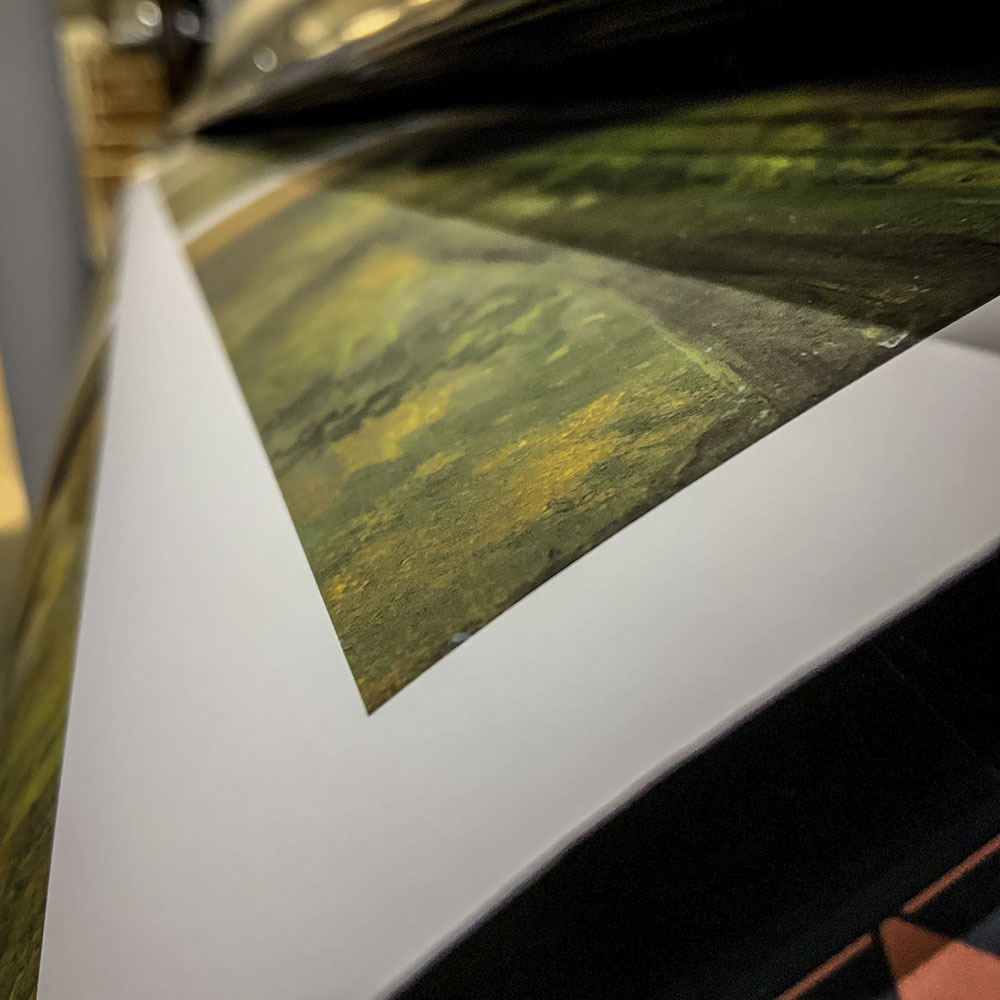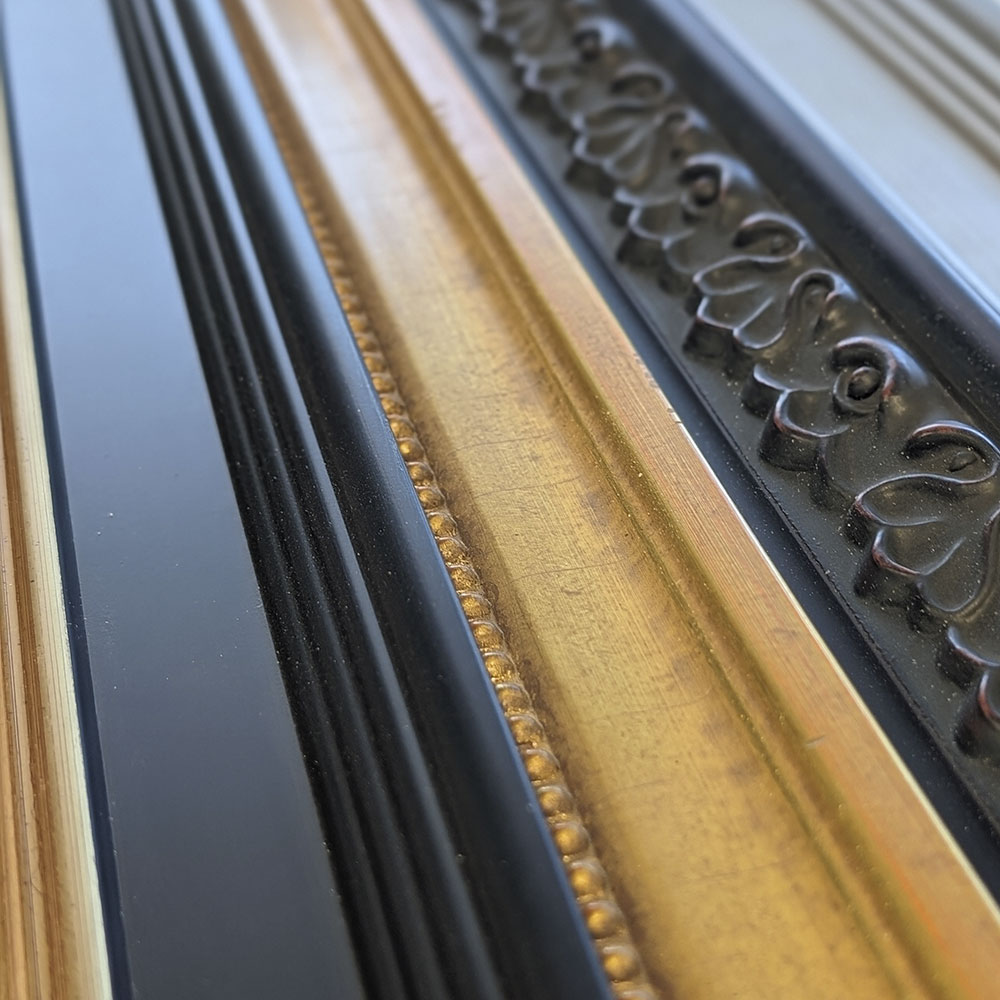In 1833 Thomas Cole secured a commission from New York merchant Luman Reed to paint a cycle of five paintings for the art gallery in his home. In the resulting series, The Course of Empire, Cole presented a cyclical view of history in which a civilization appears, matures, and collapses. The artist's distinctly pessimistic vision differed from that of many of his peers; in the early years of the United States' history, its future was considered limitless. Cole drew from a number of literary sources, such as Gibbon's The Decline and Fall of the Roman Empire and Byron's epic Childe Harold's Pilgrimage. The motto he attached to the series was taken from Byron's popular poem: "First freedom, then glory; when that fails, wealth, vice, corruption." The artist finally settled on a title in 1835, taken from Bishop George Berkeley's 1729 poem, "Verses on the Prospect of Planting Arts and Learning in America," which begins "Westward the Course of Empire takes its way."
Cole intended this third painting as the visual climax of the series, choosing a slightly larger canvas and taking considerable time and pains with the composition. He planned to depict "a great city girding the bay…splendid processions, &c.-all that can be combined to show the fullness of prosperity…" The carefully orchestrated abundance of architectural features relies on Dido Building Carthage, a painting by the English artist J.M.W. Turner that Cole had seen in London. Cole also turned to publications of antiquities. In Cole's initial conception for the series he called this stage "Luxury," referring to the precarious moment in his Byronic motto when "glory" declines into "wealth, vice," and "corruption." His elaborate and overbuilt city is a visually stunning creation, but Cole meant the scene as a warning, rather than an apotheosis. This painting was the most difficult for Cole to execute, and after several months he declared that he was "tired of the gaud and glitter" of the scene. At this stage the city gives itself over to the militaristic rule of an emperor-like figure, who is being carried across the foreground bridge in great state under the glare of mid-day. All the arts of man have been pressed into the service of glorifying the ruler.


